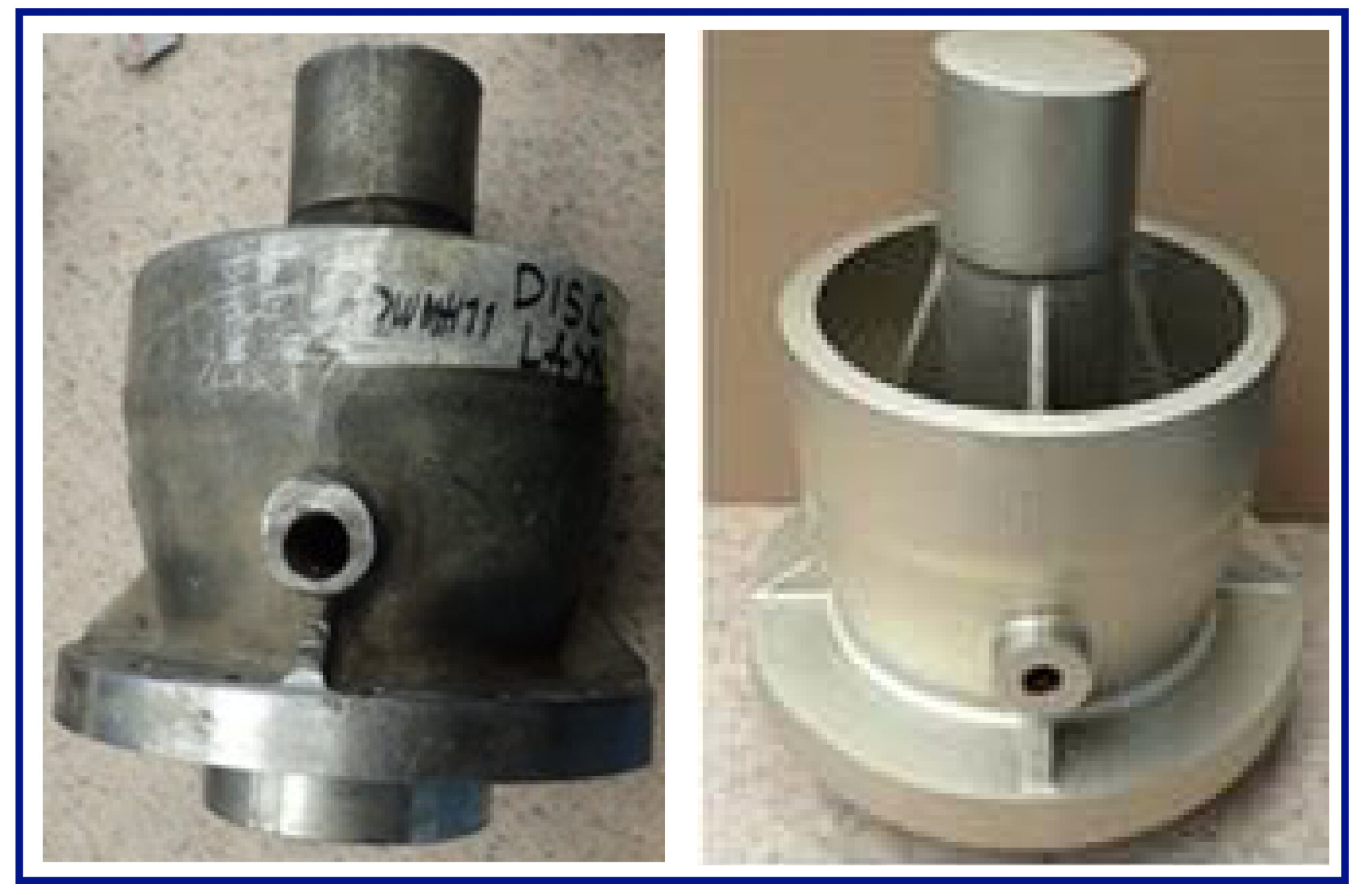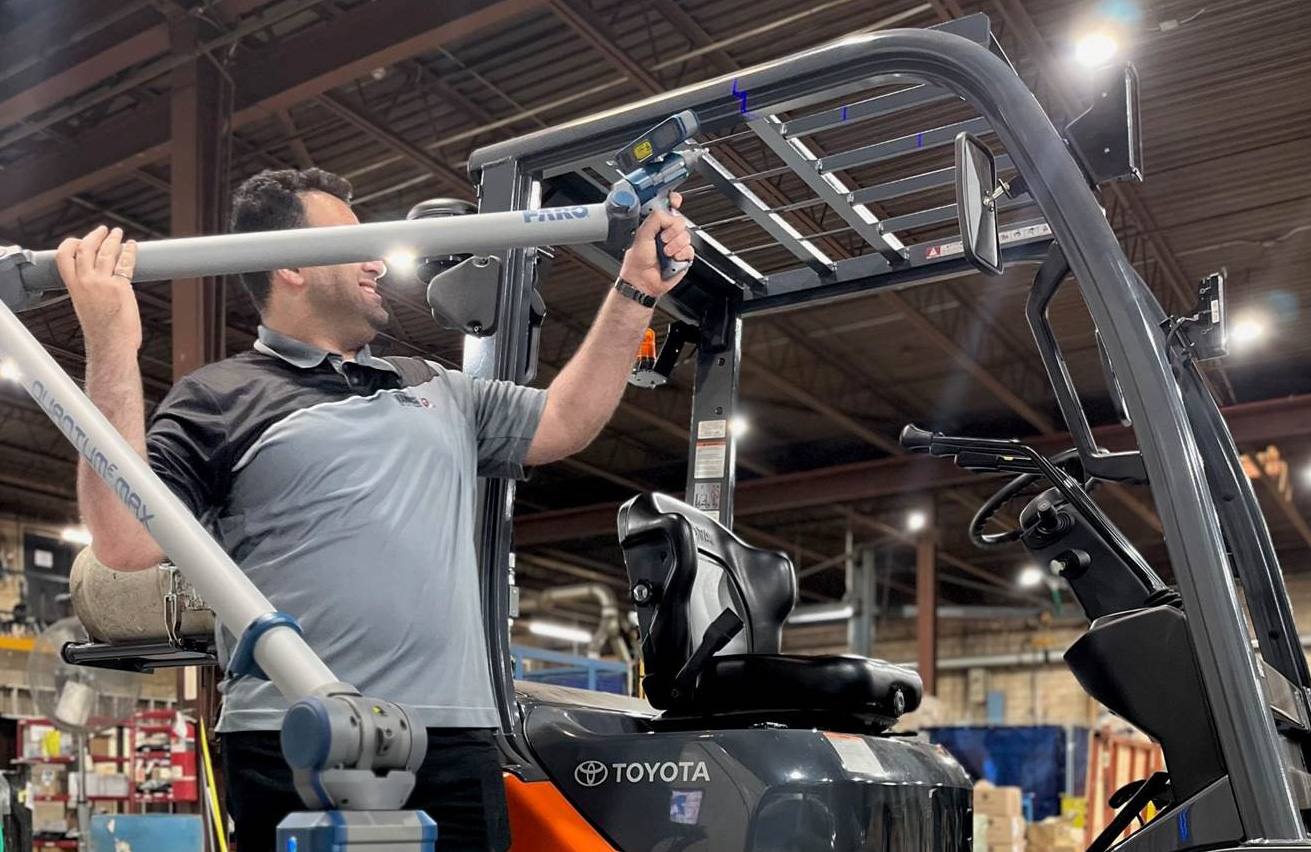To the casual observer, it may appear more like science fiction than science. A computer model of an object is gradually formed, slice by slice, through layers of light-sensitive liquid and ultraviolet light until the object is complete. This process of 3D scanning and printing is no work of fantasy. In fact, it may just hold the key to helping the manufacturing sector thrive in the coming years.
3D Scanning and Printing Timeline
The origins of 3D printing trace back to Hideo Kodama, who filed the first 3D printing patent in Japan in 1980. Chuck Hull of 3D Systems really moved the process forward when he developed a process he called stereolithography in 1986.
We are now seeing this growth expanding in manufacturing, and for good reason. The possible applications of 3D scanning and printing are extensive due to their ability to capture and fabricate complex objects using a wide range of materials.
The 3D Printing and Scanning Advantage
Canerector companies have explored this new technology and how it might benefit our manufacturing processes and capabilities.
For instance, Gamma Foundries has invested in 3D scanning, 3D probing and reverse engineering capabilities. This allows their team to recreate existing parts for clients. Older, worn-out parts that are no longer usable can be 3D scanned and reverse-engineered into a parametric 3D model. Once satisfied with the final geometry, the digital model can be used in applications such as CNC machining, 3D printing etc. This technology opens a world of possibilities and enables part customization and enhancements all with shorter lead times. The significant benefit of using this technology is that it offers flexibility in design changes, prototyping and allows engineers to rapidly produce parts and products with high accuracy and detail.

Gamma also uses 3D printing technology to create the sand moulds used to produce castings. This greatly reduces the time and cost involved in manufacturing one-off or prototype components for clients. This technology is available in different types of sand moulds, e.g., Binder-Jetting (Furan), Phenolic Direct Binding (PDB) and Inorganic Binding (IOB).
The combination of 3D scanning and 3D printing enables teams to quickly develop a product or a part, and then refine and optimize the design. This process can be repeated until the team is satisfied with the part, leading to a much faster product development cycle.
Vishal Sharma, Engineering Manager at Gamma Foundries believes 3D technology stands to be truly transformative in the manufacturing industry.
“These technologies have brought revolutionary changes to the manufacturing sector. Making design changes easily is just one of the benefits that was not conceivable using conventional methods,” says Vishal. “There is no need to invest thousands of dollars in physical tooling when the prototyping process is simplified and less costly using 3D printing.”
Harris Stolper International, an original equipment manufacturer (OEM) of customized cabs for forklifts and other equipment, also has 3D scanning capabilities. With this technology, the engineering team can go to a dealer’s location and scan an entire forklift’s cab, then customize the design with the highest precision. By adding the technology to their arsenal, Harris has further enhanced their operations by greatly reducing their turnaround time, manufacturing costs and purchase price for their customers.
“3D scanning is not just a technology; it’s a catalyst for innovation in manufacturing. The investment in 3D scanning capabilities empowers Harris-Stolper International Inc. to turn imagination into reality, to create the seemingly impossible, and to reimagine the way we design, manufacture, and produce next generation of operator cabs,” says Amit N Jain, President of Harris-Stolper International Inc. “With 3D scanning and design, the constraints of traditional manufacturing are shattered, giving us the freedom to pioneer new concepts, iterate faster, and bring unparalleled value to our customers. The advantages of 3D scanning and printing in manufacturing are not just exciting – they are transformative, propelling us into a future where the only limit is the extent of our creativity.”
Adapting to an evolving workforce
As manufacturing continues on this transformative journey, it not only secures its competitive edge and ability to do more, but also beckons the next generation of bright minds who are drawn to companies embracing modern technologies.
Great Opportunities Ahead
There can be no question that 3D scanning and printing is a game-changer for the manufacturing industry. By simplifying design alterations, it is significantly reducing the cost of prototype production, making this technology a must-have for manufacturers.
This is why Canerector companies like Gamma Foundries and Harris Stolper have readily adopted this technology. This is an exciting time for our industry, and the possibilities for what 3D scanning and printing can mean for manufacturing down the road are near limitless.


